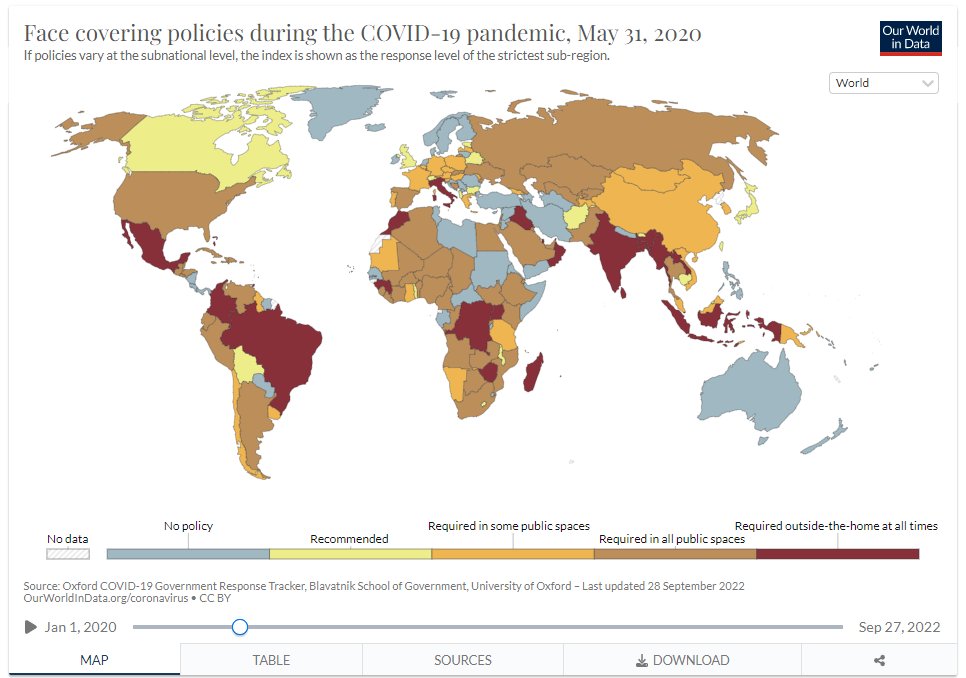Updated version of #WorldMortality by @hippopedoid and I is up on @medrxivpreprint.
doi.org/10.1101/2021.0…
Many updates, check it out.
Here are some highlights:
1
doi.org/10.1101/2021.0…
Many updates, check it out.
Here are some highlights:
1

Our coverage increased from 79 countries and territories in the previous version to 89 and the time frame covered increased substantially, with many countries already reporting 2021 data.
2
2

We extended the introduction a bit, showcasing the vast historical usage of excess mortality in epidemiology - this method is not new at all and is extremely well established.
3
3

Some countries deaths counts are better than others, but our data is self-consistent as pre-covid 2020 deaths match well to 2015-2019 deaths and our 2020 forecast.
Could the true excess mortality be different there? Yes. But if anything, it's prob. HIGHER than our findings.
4
Could the true excess mortality be different there? Yes. But if anything, it's prob. HIGHER than our findings.
4

Our model for estimating excess deaths strikes the right balance between overly simplistic methods and more elaborate methods such as the Farrington model, and it allows estimation of CIs to asses statistical significance.
5
5

We have updated our "leaderboard" according to 4 different measures of excess mortality, each reveals a different dimension of the extent of COVID, excess deaths and the relation between them.
6
6

Even with more up to date data, countries without or with minor COVID spreads have experienced either mortality DEFICITIS (less than expected) or a statistically not-signficiant higher/lower counts (denoted as n.s.).
7
7

Since original upload, #WorldMortality is now incorporated to the excess deaths trackers of @OurWorldInData , @TheEconomist and @FinancialTimes and was covered extensively by the media in these outlets and more.
8
8

This version and the constant updates of our data and analysis would not be possible without the feedback, discussion and contributions of many people.
Latest data of #WorldMortality is always at: github.com/akarlinsky/wor…
And the latest analysis at: github.com/dkobak/excess-…
9/9
Latest data of #WorldMortality is always at: github.com/akarlinsky/wor…
And the latest analysis at: github.com/dkobak/excess-…
9/9

It's important no to extrapolate from incomplete data into now. Uruguay for example, has had almost no COVID deaths up to August (our latest data point), and even up to December, but has seen a steep rise since. Same for Czechia, which had no COVID and no excess up to October. 



• • •
Missing some Tweet in this thread? You can try to
force a refresh



















